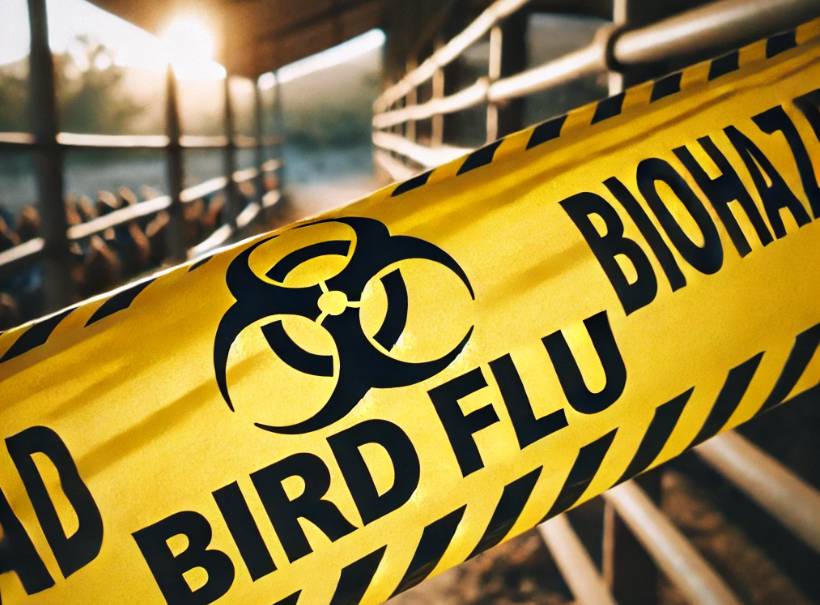
What is H5N1 Bird Flu?
H5N1, also known as avian influenza, is a highly pathogenic virus primarily affecting birds. However, recent cases show the virus spilling over into mammals, including humans and cattle, raising concerns about its potential to become a broader public health threat.
How is Bird Flu Spreading to Humans?
Traditionally, human infections with H5N1 were rare and linked to direct exposure to infected poultry. However, new developments suggest an evolving transmission pattern:
- First U.S. Human Death: In January 2025, the first U.S. fatality from H5N1 was reported in Louisiana, linked to poultry exposure.
- Texas Dairy Farm Infection: In April 2024, a human case in Texas was linked to contact with infected dairy cows, marking the first known mammal-to-human transmission in the U.S.
- Global Cases: Since 2003, there have been over 860 human cases worldwide, with a fatality rate of over 50% in confirmed infections.
Bird Flu in Cattle – What We Know So Far
Recent H5N1 outbreaks in dairy cows mark a major shift in how the virus spreads:
- First-ever detections in cows occurred in early 2024.
- Infected cows showed reduced appetite, lower milk production, and changes in milk quality.
- Approximately 20% of affected herds exhibited symptoms, leading to economic losses in the dairy industry.
- The virus has been detected in unpasteurized milk, raising concerns about food safety and potential spread.
Could H5N1 Cause the Next Pandemic?
While human-to-human transmission remains limited, experts warn that the virus is mutating. If H5N1 adapts to spread efficiently among humans, it could pose a pandemic threat. Scientists and health agencies are monitoring:
- New mutations that enhance transmissibility.
- Zoonotic spillover events (virus jumping between species).
- Global containment measures, including surveillance in birds, mammals, and humans.
Bird Flu Prevention & Safety Measures
To minimize risk, the CDC, WHO, and USDA recommend:
- Avoid direct contact with sick or dead birds and livestock.
- Properly cook poultry and dairy products to eliminate the virus.
- Increase surveillance in farms and livestock industries.
- Accelerate vaccine development for both poultry and humans.
Final Thoughts
The emergence of bird flu in cows and human infections marks a turning point in H5N1 evolution. While the current risk to the general public remains low, continued monitoring, vaccination efforts, and prevention strategies will be crucial in preventing a potential pandemic.
Stay Updated on Bird Flu News!
For more updates on avian flu outbreaks, prevention tips, and global responses, follow CDC’s Avian Influenza Page.
